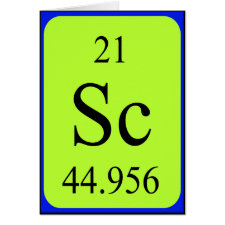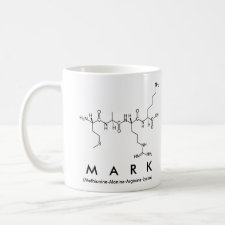
Authors: White CJ, McBride MK, Pate KM, Tieppo A, Byrne ME
Article Title: Extended release of high molecular weight hydroxypropyl methylcellulose from molecularly imprinted, extended wear silicone hydrogel contact lenses.
Publication date: 2011
Journal: Biomaterials
Volume: 32
Issue: (24)
Page numbers: 5698-5705.
DOI: 10.1016/j.biomaterials.2011.04.044
Alternative URL: http://www.sciencedirect.com/science/article/pii/S0142961211004510
Abstract: Symptoms of contact lenses induced dry eye (CLIDE) are typically treated through application of macromolecular re-wetting agents via eye drops. Therapeutic soft contact lenses can be formulated to alleviate CLIDE symptoms by slowly releasing comfort agent from the lens. In this paper, we present an extended wear silicone hydrogel contact lens with extended, controllable release of 120 kDa hydroxypropyl methylcellulose (HPMC) using a molecular imprinting strategy. A commercial silicone hydrogel lens was tailored to release approximately 1000 μg of HPMC over a period of up to 60 days in a constant manner at a rate of 16 μg/day under physiological flowrates, releasing over the entire range of continuous wear. Release rates could be significantly varied by the imprinting effect and functional monomer to template ratio (M/T) with M/T values 0, 0.2, 2.8, 3.4 corresponding to HPMC release durations of 10, 13, 23, and 53 days, respectively. Lenses had high optical quality and adequate mechanical properties for contact lens use. This work highlights the potential of imprinting in the design and engineering of silicone hydrogel lenses to release macromolecules for the duration of wear, which may lead to decreased CLIDE symptoms and more comfortable contact lenses
Template and target information: hydroxypropyl methylcellulose, HPMC
Author keywords: Silicone hydrogel contact lenses, Biomimetic molecular imprinting, Drug-eluting contact lenses, Contact lens induced dry eye (CLIDE), Re-wetting, comfort agent, Extended wear contact lenses



Join the Society for Molecular Imprinting

New items RSS feed
Sign-up for e-mail updates:
Choose between receiving an occasional newsletter or more frequent e-mail alerts.
Click here to go to the sign-up page.
Is your name elemental or peptidic? Enter your name and find out by clicking either of the buttons below!
Other products you may like:
 MIPdatabase
MIPdatabase









